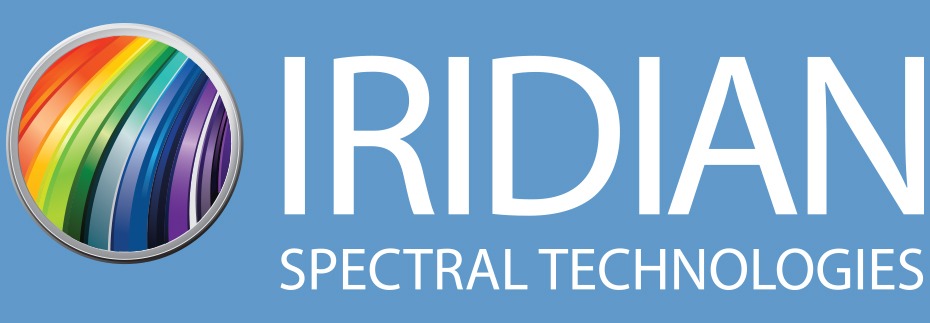Gain flattening filters (GFFs) are used to smooth out unequal intensities in a signal spectrum. Common applications for GFFs are in modulating the output of laser amplifiers, including erbium-doped fiber amplifiers (EDFA), where the wavelength-dependent gain spectrum from the amplifier needs to be regulated for use in optical communications networks.
Module Design
EDFAs have been invaluable in helping to overcome the problem of optical fiber losses in long-distance optical communications.1 More recent technical developments have seen EDFA systems now being developed as part of integrated circuits and achieving small-signal gain levels as high as 30 decibels.2
Some of the reasons for the success of EDFAs in telecommunications is their broadband gain spectrum in the ~ 1550 nm-wavelength region. The atomic structure of the erbium also means that the optical transitions used for the lasing process are parity forbidden, so the gain dynamics are very slow and also lead to negligible crosstalk between channels in multiwavelength amplification, which is now a key technology in datacoms applications.
Often, though, the output spectrum of an EDFA can have an undesirable shape. Variations in environmental conditions, the exact EDFA design and imperfections in optical components can all lead to variations in the spectral output as well as changes in the central wavelength of the pump laser.3
Designers may also want to specifically manipulate the spectral shape coming from the EDFA to have greater control in meeting specifications in the peak-to-peak error function to try and minimize fluctuations in the signal intensity. Exact specifications and demands can vary between customs and applications or for specific module designs.
Flattening Filters
GFFs are an excellent way of manipulating spectral outputs of EDFAs to meet a desired range of specifications. A GFF works by having a particular transmission spectrum that flattens the input spectrum by attenuating the signal by different amounts in certain wavelength regions. This attenuation is particularly useful for removing power spikes in certain regions of the spectrum that may be unwanted or even damaging for other optical components.
Depending on the total bandwidth that needs to be attenuated and whether certain wavelength regions need different degrees of smoothing it may be necessary to implement several GFFs in an optical design. Trying to minimize the usage of decibel budget with each individual optical component can be very valuable in giving designers more flexibility and freedom with the rest of an optical layout and is part of the reason premium, high-quality filters are so important.
Iridian Spectral Technologies
Variations in budget, error function tolerances, input spectra etc. all mean that every customer has their own specific requirements which cannot necessarily be addressed with off-the-shelf solutions.
Iridian Spectral Technologies has over 30 years of developing premium custom components for the most demanding applications, including space applications and in datacom.
We have worked closely with a number of customers on developing bespoke solutions which often work with very tight error function requirements.4 By paying attention to the smallest of details and working hard to achieve every possible improvement in error functions, Iridian has been able to deliver solutions that mean designs are no longer constrained to only being able to afford a single optical component with their error function budgets.
Part of the reason we are also happy to work closely with customers on their individual problems when supplying GFFs is that many EDFAs do not have very smooth outputs or equal variation in intensity across all regions of the spectrum. Every fiber curve can be different, and each custom will have their own desired target curve, which will require manipulation of the real spectral output.
We can also work with issues in the measurement of the EDFA curves and use in-house processing to correct for measurement errors to ensure the final desired curve is exactly what is achieved with the GFFs.
References and Further Reading
- Peterka, P., & Vojtěch, J. (2023). Optical amplification. In Handbook of Radio and Optical Networks Convergence (pp. 1-51). Singapore: Springer Nature Singapore.
- Liu, Y., Qiu, Z., Ji, X., Lukashchuk, A., He, J., Riemensberger, J., … Kippenberg, T. J. (2022). A photonic integrated circuit – based erbium-doped amplifier. Science, 376, 1309–1313. https://doi.org/10.1126/science.abo2631
- Liu, Y., Liu, X., Liu, L., Zhang, Y., Cai, M., Yi, L., … Zhuge, Q. (2021). Modeling EDFA gain: Approaches and challenges. Photonics, 8(10). https://doi.org/10.3390/photonics8100417
- Iridian Spectral Technologies (2024) How premium GFFs improve EDFA performance, https://www.iridian.ca/learning_center/how-premium-gffs-improve-edfa-performance-and-optimize-module-design/, accessed September 2024
